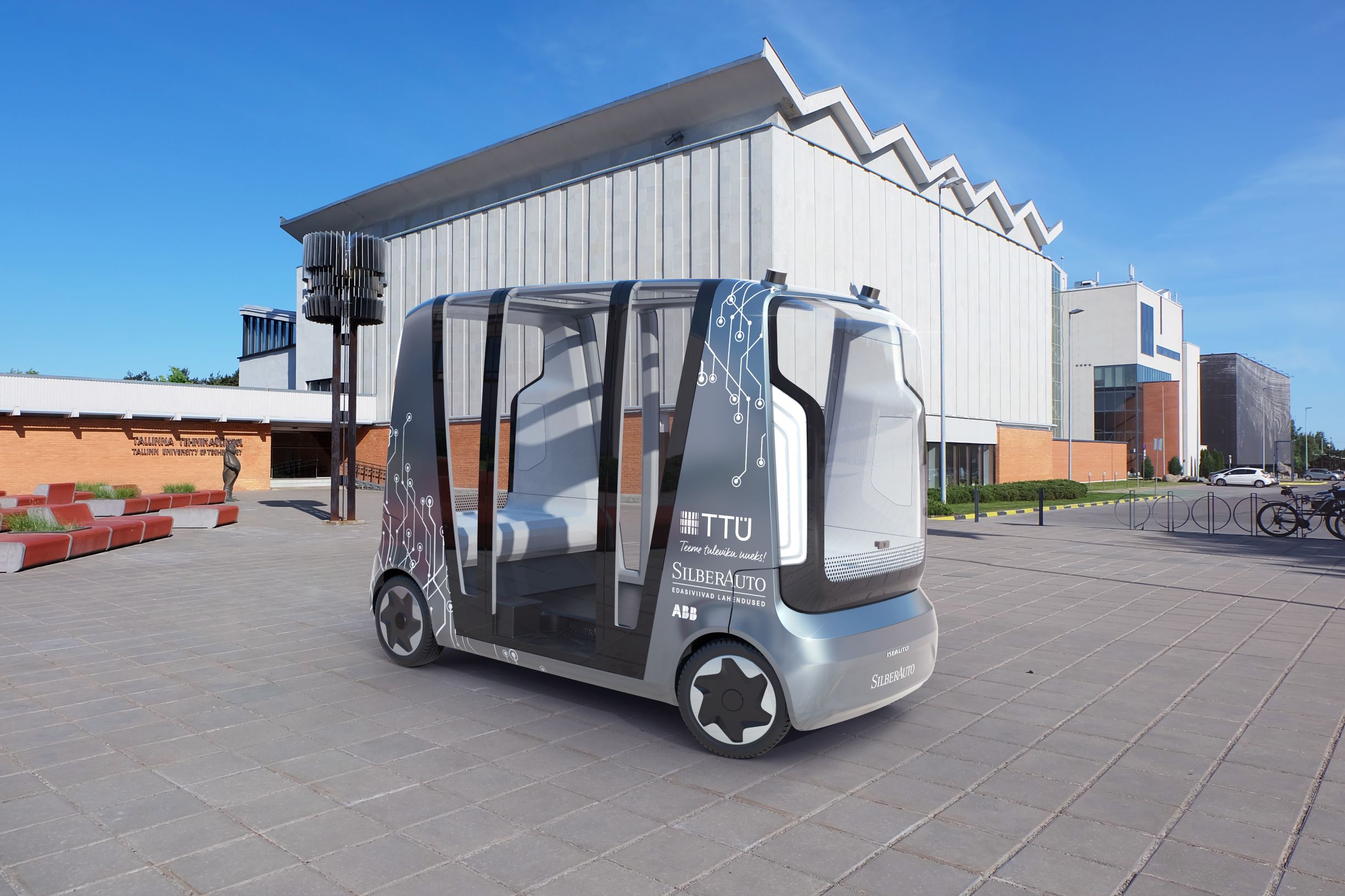TalTech Iseauto is developed by TalTech students of the School of Information Technologies and the School of Engineering and Silberauto AS. ABB has also contributed as one of the project’s partners.
Introduction
The 21st century has changed a lot about the digital world around us: desktop computers have been replaced by laptops, mobile phones with smartphones and there is no longer distant from the time where vehicles that do not have the steering wheel, pedals and other controls necessary to drive, are going to be on the streets. Such vehicles are called self-driving vehicles, and one such development is also being addressed at Tallinn University of Technology (TalTech). In the following posts, we will describe the completion of the TalTech Iseauto in four parts. First of all, we will investigate what one electric vehicle hides and how we can take control of it.
The Idea of TalTech Iseauto project
In the spring of 2017, TalTech and Silberauto AS signed a cooperation agreement to develop the self-driving bus for TalTech’s 100th anniversary. This is a six-seater bus, based on the Mitsubishi i-Miev electric car rack and Silberauto AS-made restructure. The purpose of the bus is to travel independently on the TalTech campus. Also, there are no necessary equipments for driving, including the steering wheel, pedals, gear lever. The second major objective of the project is to increase competence in self-driven vehicles. Moreover, TalTech makes its own automobile a special feature that most of the development work is done by the students, which creates the opportunity to acquire teamwork experience and provide the practical skills necessary for work in the industry.
Mitsubishi i-Miev
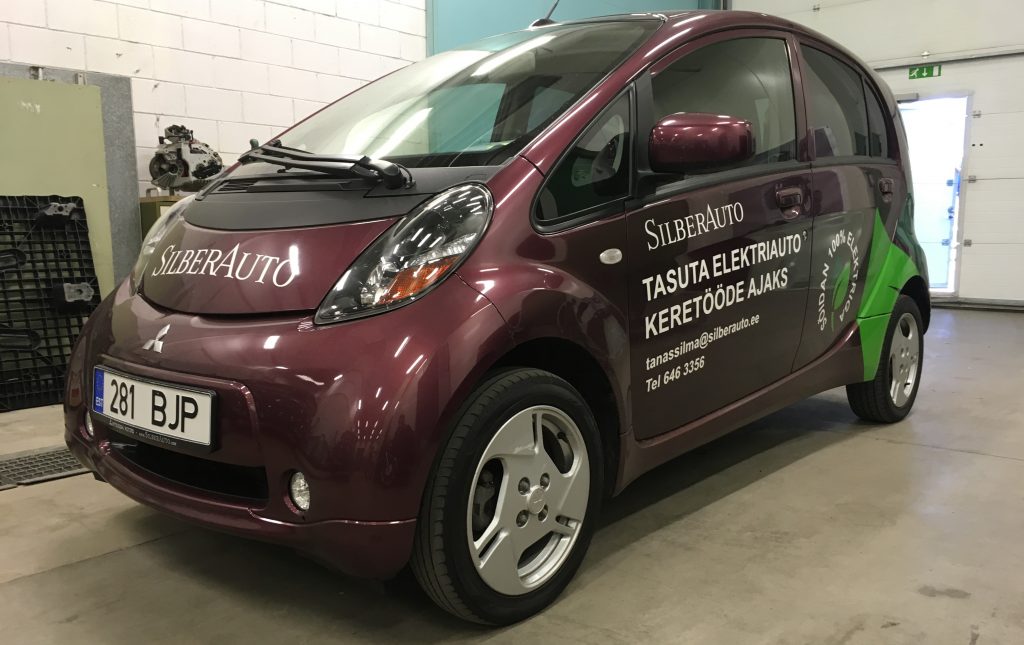
The basis of Iseauto was an already existing electric vehicle. The Mitshubishi i-Miev was found suitable for the project. With the development of the TalTech vehicle as the “last mile solution”, the i-Mievi 47kW engine is sufficient for this purpose. The travel distance per loading is also slightly more than 100km, which allows a large part of the day to keep up the battery when traveling around a small area of land. Also, its small dimensions and turning radius allow easy handling on narrow roads inside the TalTech’s campus. However, as the goal was to make a bus from the car, it was necessary to start dismantling the hull. The result is an undercarriage in the picture, from which all the remains are removed.
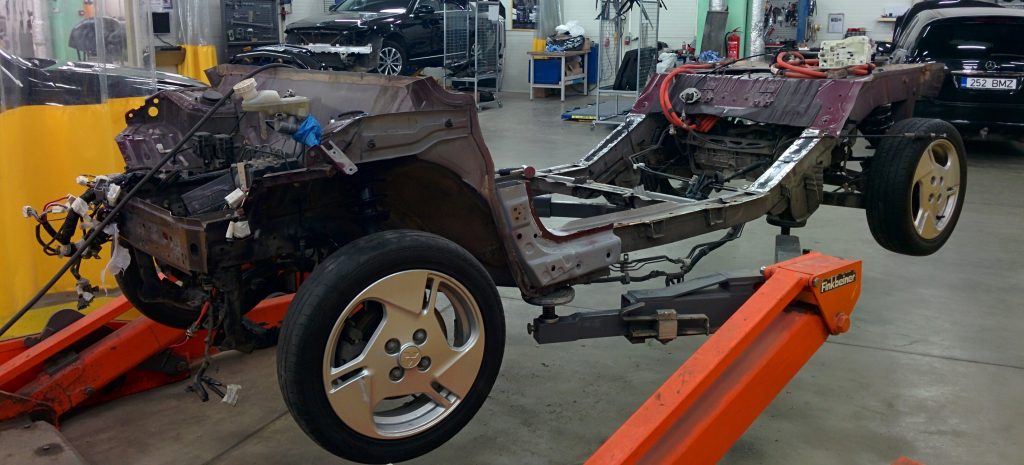
Getting to know the Mitsubishi i-Miev’s driving logic
Getting to know Mitsubishi i-Miev’s driving logic was one of the first objectives of the project. Our goal was to find out what signals we need to transmit to the car’s electronic circuitry so that we can imitate some devices, such as the accelerator pedal or gear lever. To do this, we used a lot of so-called reverse engineering, where, in essence, we measured, for example, the gas signal coming out from the accelerator and its change in time when we pressed the gas pedal. We also had the opportunity to read messages from the car’s electronic control unit (ECU), which messages where transmitted along the car CAN-bus. The CAN interface is a communication interface between the so-called “brains” of the car and other electronic units. These messages are short messages that are exchanged up to 100 times per second. One car can have several dozen ECUs, each with its own specific task. Each ECU issues messages with a different identifier, which helps to understand which ECU has transmitted the message. Understanding which message has specific identifier and what form it transmits,we had to use help from the Internet because we had no documentation, and it was not possible to get it from the car manufacturer. Unfortunately, there are also no explanations available on the Internet for all messages, and therefore we can only use a handful of information that we need to get to take over the management of the car.
The driving logic of Mitsubishi i-Mievi
As the car’s one of the most important parts in addition to the steering wheel is the gas and brakes pedals, we first established the acceleration pedal control logic. To do this, we pressed the accelerator connected to the i-Miev electronics circuit and looked at how the signals change. We found that the main signal of the accelerator pedal is twice as large as the sub signal.
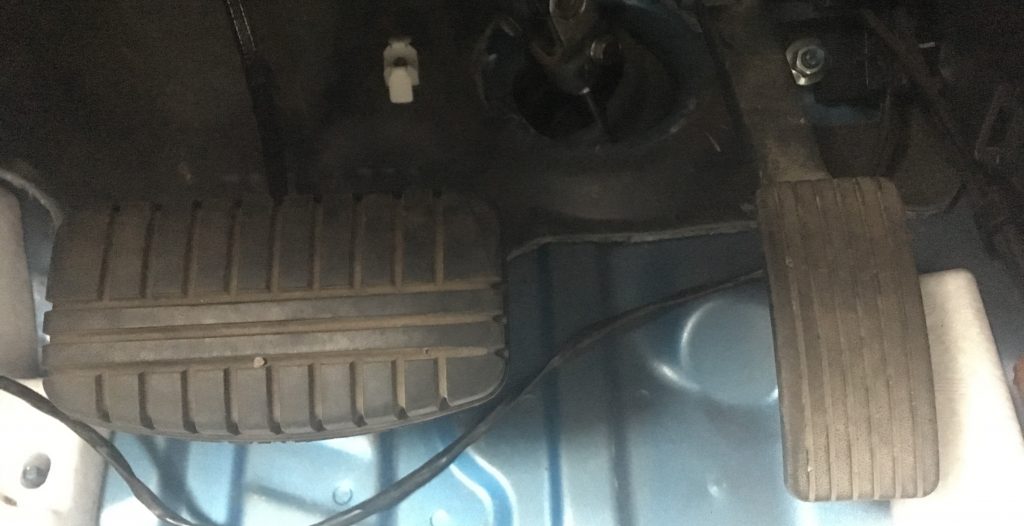
It’s extremely easy to control a gearbox on an electric motor car. The ECU has one input for each gear, and if this input voltage level is high, then the corresponding gear is turned on, and if it is low, then the gear is off. On the CAN-bus, there is also a certain message from which you can get feedback on which gear is turned on. If there are several gears turned on or none of them, then this can also be known.
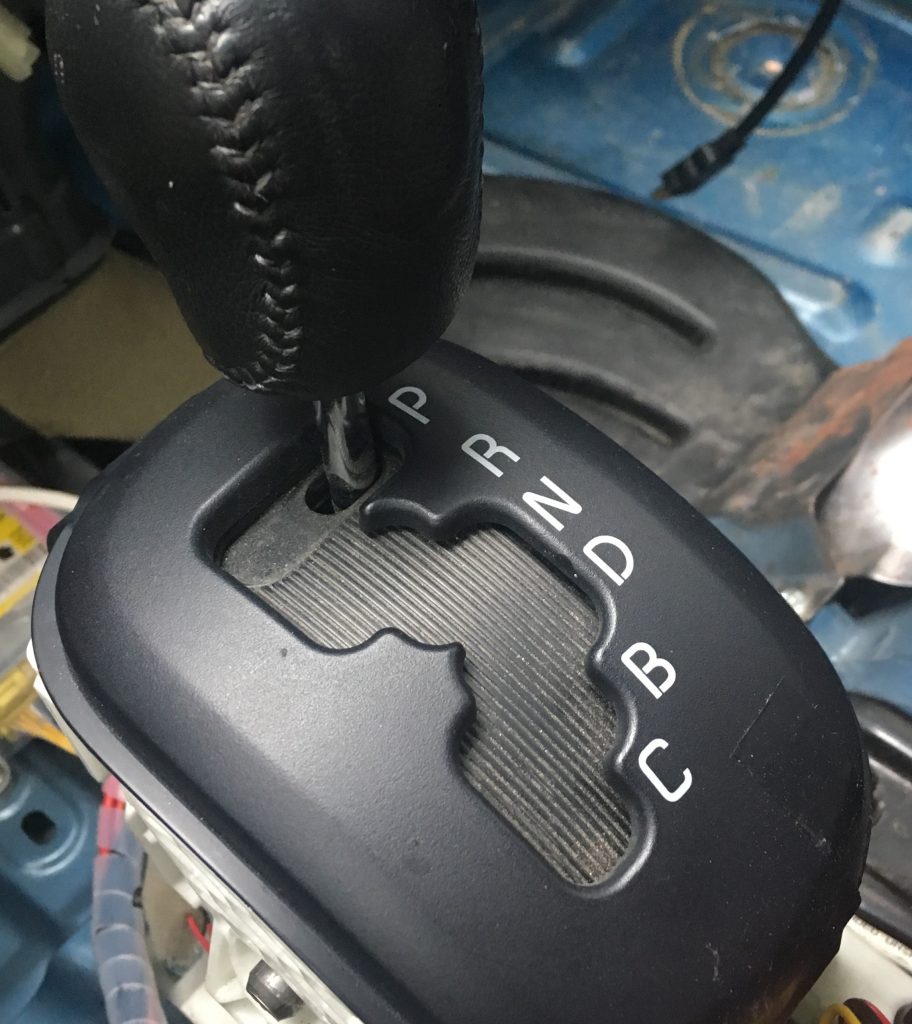
By investigating the behavior of the steering we decided to solve the rotation of the car by turning the steering motor direct. In order to make the car’s steering wheel easier to rotate, today, every car’s steering wheel has power steering. As the power steering is an electric motor, giving the flow in one direction it turns the wheels to one side and if the flow is turned around the wheels turn to other side. The information about steering wheel position can be read from CAN-bus there i-Mievs steering wheel sensor tells you which position the steering wheel is in relation to the zero position with 0.5 degrees precision. Since it is in the position of the steering position, not the wheels, a small conversion must be made and we can use the steering wheel sensor to determine the position of the wheels.
Braking control on the car is probably the most difficult one. A lot of different sensors must work together, but let’s not get very technical. The essential parts of our brakes are the brake pump, the solenoids, and the pressure on their brakes in their work. How exactly these elements are used on Iseauto, already in the next posts.
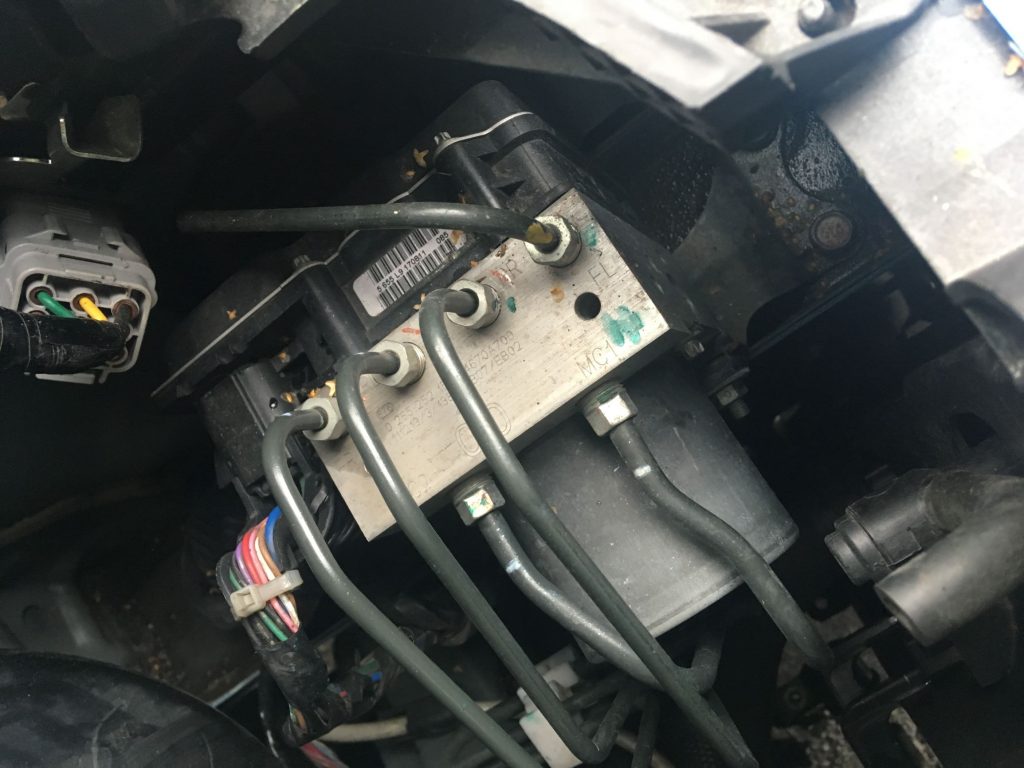
I-Miev has a conventional mechanical wireline solution for handbrake, which you can find in the most of older and cheaper class cars between the two front seats on the right hand side of the driver. Due to the design of my car, the same solution must be left out and it is planned to replace the mechanical handbrake with one of the most commonly used electric handbrakes today.
With that, we have reviewed everything that we plan to start managing ourselves. How do we do that, the next time.
The Ministry of Education and Research and the Estonian Research Council are supporting the completion of the blog.

